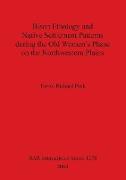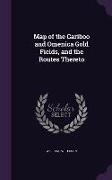Bison Ethology and Native Settlement Patterns during the Old Women's Phase on the Northwestern Plains
BücherAngebote / Angebote:
On the northwestern Plains of North America, most archaeologists have indicated that the movement of bison, whether seasonal or otherwise, influenced the movements of the Native people. Most researchers have argued that bison spent the summer on the plains but, as cooler weather approached, they sheltered themselves in the parkland, river valleys, and wooded uplands. The movement of Native people was expected to parallel that of the bison. Yet, some researchers persist in their convictions that bison were erratic and unpredictable in their movements. Still other researchers have argued that large-scale movements did not occur and bison were numerous on the plains throughout the year. Thus, Native people could only procure bison based on an 'encounter strategy' or by remaining in close proximity to a given herd or a 'herd following strategy'. In contrast, the first model suggests that bison migrated in relatively predictable patterns and, thus, could be procured using an 'intercept strategy'. To address the lack of consensus concerning bison movements and their effect of human movements this work evaluates models of bison movements by way of: 1) a review of modern understandings of bison ethology, 2) a review of historical literature, ethnographic data, and oral tradition regarding bison, and 3) the implementation of a technique (i.e., dental cementum increment analysis) used in the seasonal evaluation of modern and archaeological bison dentition.
Folgt in ca. 10 Arbeitstagen




